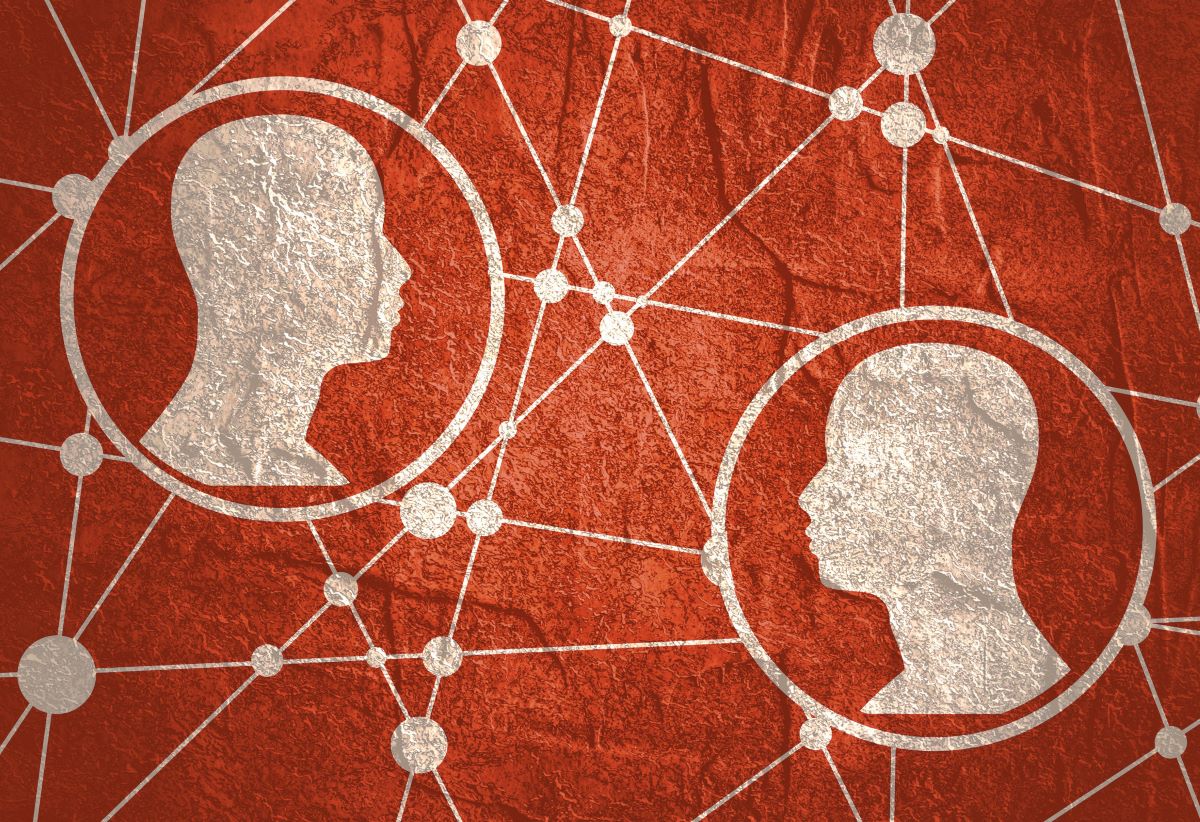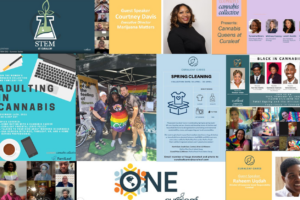7 mental-health program mistakes you should avoid
Getting your organization’s mental health initiatives right from the start requires preventing missteps.

Employee mental health is among the major concerns for well-being excutives at many organizations, and that concern was vastly amplified during the pandemic.
The truth is, though, that organizations and their third-party partners are still learning how best to serve their workers and experimenting with effectively engaging their people. No one becomes an expert overnight. But understanding what works and why, and knowing what has not worked elsewhere, is valuable in formulating programs at other organizations. Here are some workplace mental-health concepts that have proven problematic.
Overlooking cultural stigma
No mental health program can flourish in an environment where a deep stigma against it exists. Communication efforts from the C-suite down through lower management will determine if an employee feels supported enough to engage on the sensitive topic of workplace mental health, or whether they’ll deny themselves the care they need to keep their job.
An example is the Respite Room at M+A Architects, a 40-year-old firm based in Columbus, Ohio. This safe space for mental and emotional recharging was like a ghost town at first, with just 16% of employees engaging.
So the firm developed a task force of mental-health professionals and based on that collaboration created an educational series for employees around mental health. The series was presented at staff lunches, opening the conversation and earning leadership endorsement. The destigmatization efforts had an impact. A recent survey revealed that 73% of employees valued the Respite Room.
Barriers to access
People struggling with mental health are tired, unmotivated and hurting. Sometimes something as simple as a phone call for help can feel impossible. The last thing they need is one more hurdle to overcome.
Skip the need to get a referral from HR or report to a supervisor before seeking care. Use apps that help employees identify their needs and offer direct contact with a provider. Making resources readily available to all employees and with as much direct access between employee and provider as possible will ensure higher engagement from those who really need it.
A communication strategy that lacks strategy
If someone hears it once, they haven’t heard it at all. Take a page from marketing and repeat the program information routinely and in various channels. Not everyone needs support at all times, so making sure mental-health support is an easily recognizable benefit will help jog an employee’s memory when they find themselves needing help.
Programs with missing pieces
An organization trying to reduce absenteeism or raise productivity by offering mental-health benefits isn’t going to see results if it only has a crisis phone. Without prevention steps, the employee has already been struggling and the company has already lost productivity. Similarly, if all an organization offers is a mindfulness program, but employees are well beyond caring about meditation and need immediate assistance, it’s missing a vital piece of the mental-health puzzle.
Initiatives that factor in the continuum of mental-health needs and offer robust options will ensure all of its employees’ needs are met no matter where they are on the mental-health spectrum. This way, organizations have a shot at achieving low absenteeism and high productivity goals.
Boring mental-health apps
If employees aren’t engaging with a platform, it may be because it’s boring.
Ask Silja Litvin, psychologist, founder and CEO of PsycApps. When she first designed an evidence-based iOS app called PsycAppsE, it was an average tracker with psycho-education and an anxiety and depression checklist. Four weeks after launch, only 2% of employees had it on their phones. Most downloaded and deleted it on day one.

Litvin researched her target audience and decided gamification was desperately needed. She used gaming elements to encourage users to stick to a prevention and early intervention app for anxiety, resilience and depression. The results were significantly better. Recently, a client company saw 64% of its employees were monthly active users after 11 weeks. Results also showed one of the games had lowered employee anxiety and depression. “If you want your employees to participate in a mental health prevention and early intervention program, you need to make it enjoyable,” Litvin says.
EAPs that don’t collect data
Collecting usage data helps to see what issues employees are facing so leadership can tackle them from the top. It also guides benefit offerings. Without it, organizations are flying blind.
One national trade organization used an EAP that didn’t allow for collecting employee feedback or administrative referrals if there was a concern for an employee. Engagement was nearly non-existent.
The organization switched to an EAP that uses masters-level counselors to answer the phone when employees call and issues reports on common usage categories that allow corporate leaders to take the initiative on issues. The result is grateful employees and engagement numbers higher than the national average.
Programs that lack inclusivity
Along the lines of barriers to access, sometimes those obstacles are cultural or socio-economic in nature. If an employee doesn’t have a smartphone to access a mental-health app, or a minority employee seeking help is only offered counselors from the majority culture, the result is low engagement. Some employee populations will effectively be unreached.
Ensuring everyone from all walks of life can access and feel comfortable using an organization’s mental health supports will lead to greater program success.
Start with culture
Paula Allen, global leader of research and total wellbeing for Toronto’s Morneau Shepell, a cloud-based HR platform, says the foundation of a supportive culture is essential.

“It’s actually not a small thing,” Allen says. “Organizations really need to go through and audit language, manager training and policies to see whether there are any unintentional stigmatizing messages.”
Creating inclusive, accessible mental health initiatives with a strategic communication plan in a destigmatized culture is possible. Avoiding some of the mistakes above is a great place to start.
COMMENT
Ragan.com Daily Headlines
Tags: comms, engagement, inclusion, mental health, tech






